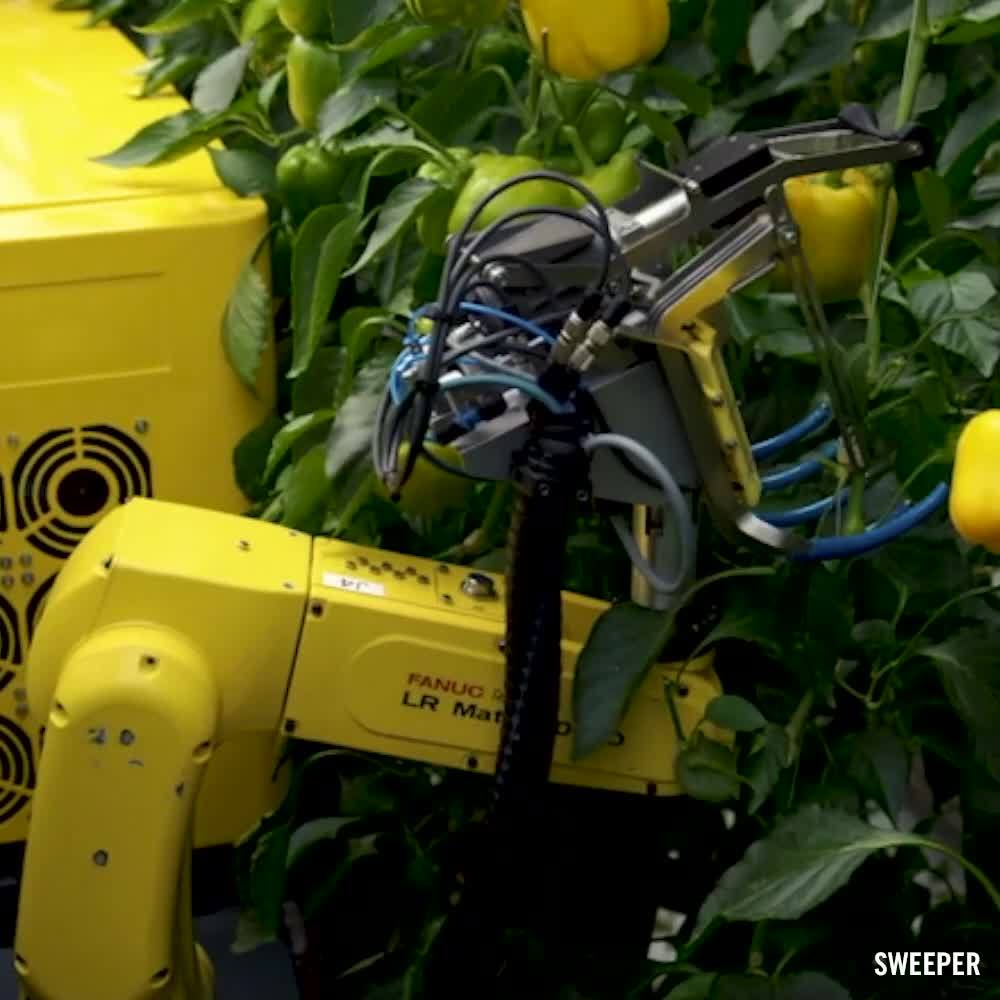Jul 30, 2018
Research finds silicon-based, tandem photovoltaic modules can compete in solar market
Posted by Saúl Morales Rodriguéz in categories: business, economics, solar power, sustainability
New solar energy research from Arizona State University demonstrates that silicon-based, tandem photovoltaic modules, which convert sunlight to electricity with higher efficiency than present modules, will become increasingly attractive in the U.S.
A paper that explores the costs vs. enhanced efficiency of a new solar technology, titled “Techno-economic viability of silicon-based, tandem photovoltaic modules in the United States,” appears in Nature Energy this week. The paper is authored by ASU Fulton Schools of Engineering, Assistant Research Professor Zhengshan J. Yu, Graduate Student Joe V. Carpenter and Assistant Professor Zachary Holman.
The Department of Energy’s SunShot Initiative was launched in 2011 with a goal of making solar cost-competitive with conventional energy sources by 2020. The program attained its goal of $0.06 per kilowatt-hour three years early and a new target of $0.03 per kilowatt-hour by 2030 has been set. Increasing the efficiency of photovoltaic modules is one route to reducing the cost of the solar electricity to this new target. If reached, the goal is expected to triple the amount of solar installed in the U.S. in 2030 compared to the business-as-usual scenario.
















